Some people use mistletoe for good luck, others choose to make an offering to the Goddess of the Sea, or disguised as Santa Claus to surprise the little ones. How can you understand Christmas? Surely, the answer will depend on who we talk to; his religious beliefs, his origin, and his cultural level.
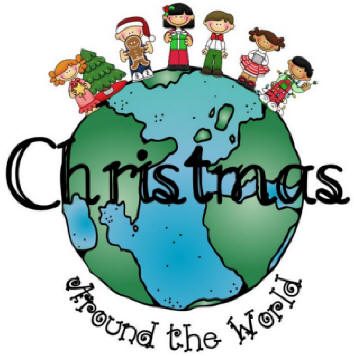
In all latitudes, millions of people celebrate Christmas. In each country, there are rites, music, preparations, ornaments, and different customs. Therefore, a review of history offers us a more open view of the meaning of this celebration and, in turn, allows us to know the evolution it has had in different countries, since its origins, when its meaning was strictly religious.
In this regard, there is much more to look at other cultures. Actually, you will realize that those religious ceremonies and popular celebrations have little or nothing to do with the concept we have of Christmas on this side of the planet. That is why we invite you to start an imaginary journey around the globe, in order to have a closer look at those traditions:
Norway – The Norwegians associate Christmas with the light of candles and fire in a corner of the house. On December 13th, Saint Lucy’s Day, pre-Christmas acts begin, and that same night domestic animals enjoy the 1st special Christmas dinner.
The Norwegians decorate their houses with braided baskets, crowns of linen stems, and figurines of goblins with a base of pineapples or nuts. In the tables of the Norwegian households, there are never missing rice containers, in which an almond hides that will fill with good omens to the lucky diner that finds it. Salmon, cod, meatballs, reindeer pate with blueberries or cream of berries.
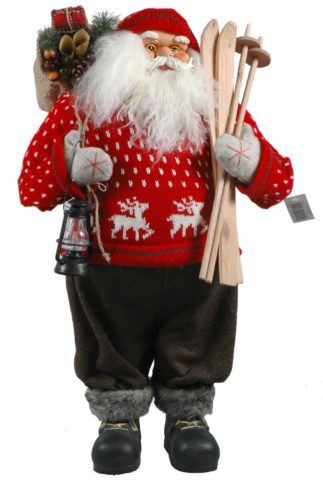
A feast watered with plenty of beer and Akevitt -a Norwegian brandy- complete the gastronomy of these dates. After dinner, the Christmas tree lights up and the children wait for the arrival of the Julenissen, a Christmas elf who transforms into Christmas Father on Christmas Eve.
Australia – In Australia, Christmas has the peculiarity that it is celebrated during its summer, so the classic Christmas atmosphere of snow and cold to which we are accustomed, there is transformed into a tropical Santa Claus summer beaches. Australian Christmas has all the glamor of those celebrated in Paris, London, or New York.
But, while in these cities cold and snow are part of the Christmas scenery, in Australia the summer sun shines with temperatures ranging between 25 C° and 38 C°. In the days before December 25th, many families take advantage of the Carols by “Candlelight Concert”, equipped with blankets and candles, a massive event held in parks and sports stadiums throughout the country.
The celebration is completed with picnics in parks, gardens, and beaches. The menu consists of seafood, sweet ham, salads, cold meat, and pudding.
Italy – On Christmas Eve, Italian families gather at the table for the traditional Cenone (the big dinner), whose menu is composed, according to the areas, of stuffed pasta cooked in capon broth, spaghetti with clams, eels, vegetables, and nougat. That same night the children are visited by Santa Claus.
But there are still more gifts, which on January 5 hands out a good witch called Befana. On the last night of the year, “Notte di Capodanno“, it is typical to eat a plate of lentils before going out to the usual party in one of the clubs of the place. Women are given red lingerie this night to be lucky the following year. In Rome and Naples, at 12 o’clock at night, they throw away the old junk to start the new year on the right foot.
Germany – German children receive the arrival of an early riser Santa Claus the night of December 5th to 6th. However, it is not until the 24th, after turning on the lights of the tree and singing the relevant Christmas carols, when these presents are, finally, open.
During these festivities, the houses are adorned with branches of Santa Barbara, moss and painted walnuts, and the tables are filled with geese filled with apples, roast pork, and rum. The last day of the year, the protagonist is Saint Silvester, who lived and showed the Papacy of the church in the 4th Century. In his honor, run the drink, and light fireworks to scare away evil spirits.
The day after the Christmas Eve dinner, the children wait impatiently for gifts. When a bell rings (which is placed behind the door of the living room), the children run away because they know that under the tree are their gifts, but they can not open them until they sing the traditional Christmas Night Carol “Stille Nacht, Heilige Nacht “.
Russia – They follow the calendar of the Orthodox church and, for that reason, the celebrations are a few days later. In Russian homes, the Christmas Eve dinner is composed of twelve dishes, one for each apostle. The fish, accompanied by a beet soup, is the star dish of the Christmas tables in this country.
On New Year’s Day, Russian children are visited by the “Ice Grandfather”, also known as Maroz, who like Santa Claus wears a large white beard and wears wide red clothes and black boots. So endearing character travels accompanied by an assistant, Snow Girl, and (only among the little ones) hand out toys, ginger cakes, and Matrioshkas (Russian dolls that contain smaller dolls inside).
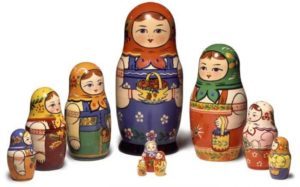
On the other hand, a tradition of Babushka is typical of Russia. According to the legend, it is a Christmas figure that distributes gifts among good children because he declined to go to see Jesus with the rest of the wise due to the cold.
Mexico – Here, the Christmas festivities begin on December 16th with the Posadas (representation of the penury that San José and the Virgen María spent to find a poor guest house on their trip to Bethlehem). For 9 days, until Christmas Eve, the families most inclined to respect the Christmas tradition take turns every night and celebrate an inn in their home.
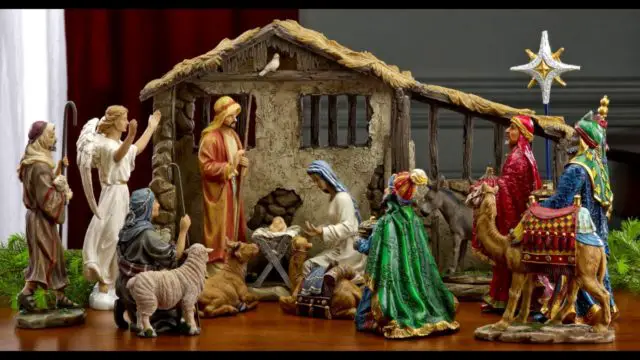
After the performance, the party begins, in which the children break a “Piñata” representing Satan, full of oranges, tangerines, sugar cane, and peanuts. On Christmas Eve, the traditional dinner is celebrated after midnight after the mass. This liturgical service, the “Misa del Gallo” is also celebrated on the last night of the year, when it is customary to sweep the house so that luck is clean. The Day of Kings (January 6th) is celebrated just as in Spain, receiving the Magi from the East.
Brazil – In Brazilian Christmas, the sea plays an important role. On New Year’s Eve, the sky on the beaches of Ipanema and Copacabana in Rio de Janeiro is illuminated by fireworks. In the legendary Copacabana, the Filhas do Santo (African priestesses) light candles and throw into the sea small boats full of flowers and gifts. If the tide takes them, it is a good omen, since it means that Yemanjá, goddess of the seas, blesses the new year.
This same deity pours out its blessings on the inhabitants of the city of Salvador de Bahia, who dress in white or the color of the saint of the Candombé, who reigns during the coming year and bathe in the sea their bare feet. In addition, Brazilians prepared the floating tree of Rio, recognized by the Guinness Book as the largest of its kind in the world, is a huge conical metallic structure that measures 85 meters in height, weighs 542 tons, and is illuminated by 3.3 million light bulbs that form Christmas figures.
Japan – When December arrives, the inhabitants of the Japanese country rush to settle accounts, to clean their homes and belongings, and even to renew the costumes, as a symbol of the entry of the new year. On December 31st, the “Omisoka” or Great End Day of the year is celebrated. The tradition orders that during that day a special cleaning of the house is carried out, then, to go on to taste with the whole family the traditional cups of noodles, a symbol of longevity.
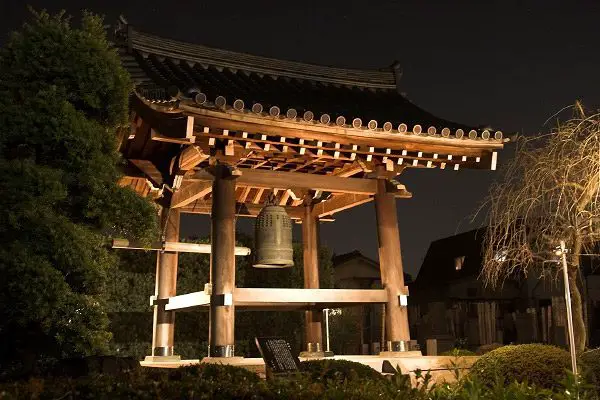
When the ringing of the bells of the temples marks the beginning of the new year, the Japanese, faithful to tradition, visit the nearest Shinto shrine. The celebrations of these Japanese end-of-year celebrations conclude on January 4th.
United Kingdom – Christmas without the traditional mistletoe would not be the same. Protect against demons and bring luck to homes. Christmas in Britain would not be the same without the “crackers”, firecrackers that burst when they split in two. These contain a hat, a surprise gift, and a joke. For the British people, the mistletoe is an icon of Christmas. The branch of this plant protects against evils and brings luck to homes. The tradition is to stand under a branch of mistletoe and kiss the person in front, as a symbol of good omen.
The United States – New York lights up to receive Christmas, especially downtown Manhattan, with its huge Christmas trees Rockefeller Center, Chanel Garden, and Christmas shows of the great New York theater, Radio City Music Hall, as well as all those of Broadway.
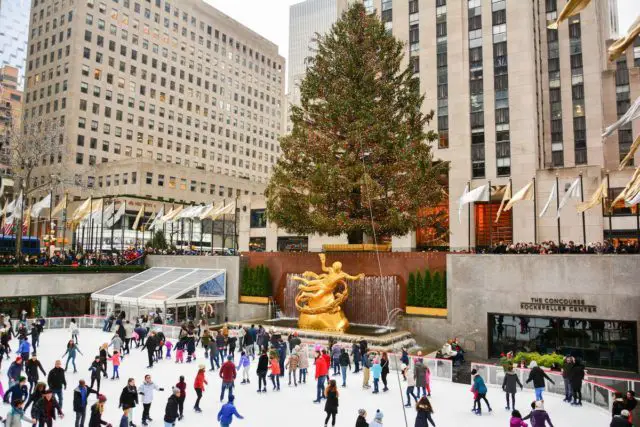
India – December 25th is a national holiday in India, and the more than 20 million Christians who live in the country celebrate Christmas according to Western customs. The New Year, however, is celebrated according to the Hindu lunar calendar, on April 20th, with great bonfires and ritual baths. That day millions of pilgrims bathe in the Ganges or in wells and ponds considered sacred.
But the Hindu holiday, with an aesthetic closer to Christmas, saving the spiritual differences, is the Diwali. During this celebration, Lakshmi, goddess of wealth and prosperity, is worshiped, and friends and relatives gather to play cards and exchange gifts.
Israel – The Jewish tradition evidently does not celebrate Christmas, but during the month of December coinciding with the Christmas holidays they have the celebration of “Hanukkah”, a Jewish holiday in which children receive gifts from the family. This festivity evidently only takes place in the family and private sphere or in the case of Jewish religious schools.
With this celebration, the Jews commemorate the purification of the Temple of Jerusalem in the year 165 BC, after the revolt of the Maccabees against the Seleucid monarch Antiochus Epiphanes, who, following the Hellenistic tradition of his dynasty, had implanted the cult of Zeus in order to that the biblical Israelites assimilated that culture. Christian Christmas and the Hebrew Hanukkah have very little to do with their background, but much to see in the form of celebration.
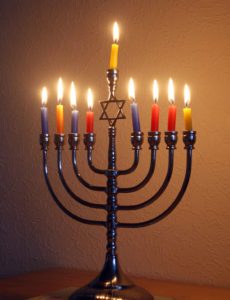
Although their meanings and origins are very different, both festivities have in common, among other aspects, the time in which they are celebrated, the 8 days of the Hebrew holiday and the 8 days of distance between Christmas and the New Year. Christian, the familiar and homelike character, the gifts for the little ones, the obligation to show the symbol of the festivity in a place visible to all and, above all the details, the importance given to the element of light.
France – Christmas begins on December 6th with the arrival of Saint Nicholas, who brings gifts to children, although the Christmas atmosphere can be breathed from November 25th, “Sainte Catherine’s Day”. The Advent calendar is pretty extended and each day that passes you have to open one of its windows.
Ireland – Most of the Irish people are Catholics, which is why the Christmas traditions of the country are greatly influenced by this confession. Candles are one of the unique traditions of Christmas decoration in Ireland. A large white candle is placed at the entrance of the house or in a window. This candle is lit by the smallest of the house on Christmas Eve, a symbol to welcome the Holy Family and can only be extinguished by a girl or a woman named Mary.
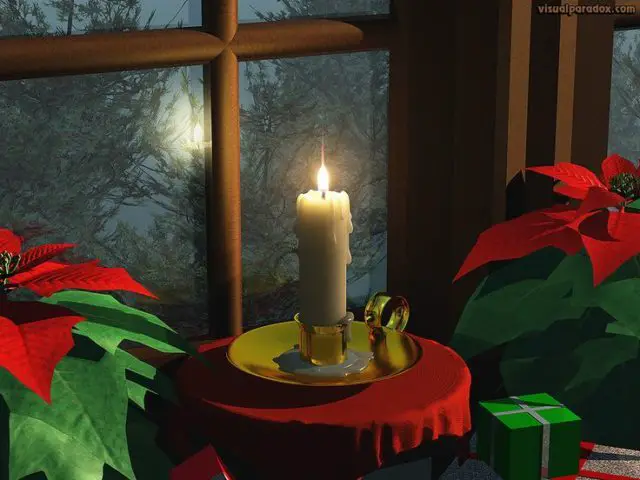
Belgium – They have a habit of skating on Christmas day after the typical family meal. The whole family puts on the skates and they slide down the frozen rivers. Santa Claus visits the children of the city on December 4th to check that they have been good and, 2 days later, he returns to leave gifts and candy to those who have behaved well and a twig in the shoe to the naughty ones.
Finland – The Finns like to hang from the branches of the Christmas tree rows of flags of different countries as a symbol of the twinning between peoples and cultures. They have an old tradition: the “Pikkujoulu” or “Little Christmas”, which consists during the days before Christmas Eve after the working day to make the Christmas decorations in homes.
Poland – The traditional Bethlehem includes puppets, something unique in the world. In the manger, there is a small theatrical stage for the puppets. They usually represent classic episodes of the birth of Christ and satirical stories. On Christmas Eve, the whole family gathers for dinner and as is traditional, all the tables are covered with more than usual and a sheet of a wafer that diners leave as a symbol of reconciliation.
Switzerland – Due to the excesses of alcohol that are committed in Switzerland during the Christmas celebrations, an association has appeared that calls itself “Red Nose”. These, watch the drivers who seem to be somewhat drunk and offer to take them in their car to their home.
December 6th is the day of Santa Claus who accompanies him his assistant Schmuzli, which in German means “he who laughs inside”. Both of them visit all the children and check in their notebook that they have behaved well. If so, give them some bags with dates, nuts, tangerines, figs, and chocolate.
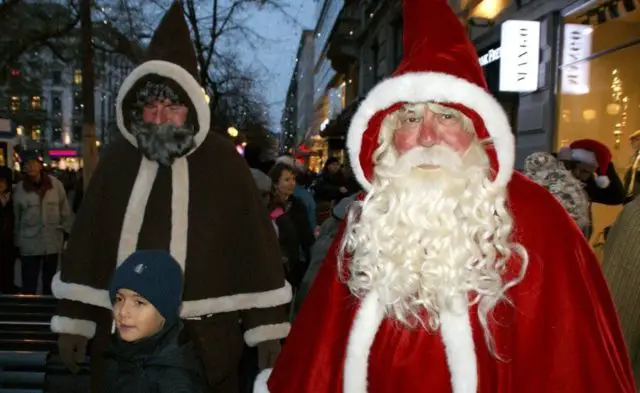
Latvia – “A gift, a poem”; this is the Christmas motto in Latvia. The Latvian custom says that on Christmas Eve, right after dinner, you have to look for the Christmas gifts next to the tree, but no one will be able to take theirs without reciting a small poem. Another custom is to gather wooden trunks and light fires with them at the end of the year with the intention of ending all misfortunes and problems before the new year.
After this imaginary journey; now what do you think of Christmas celebration?
